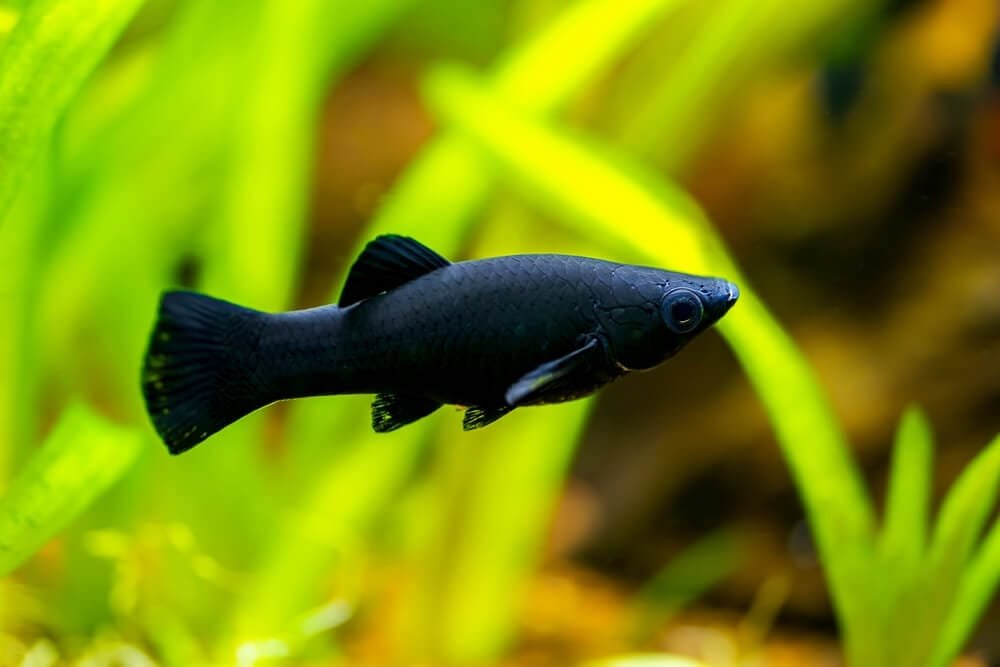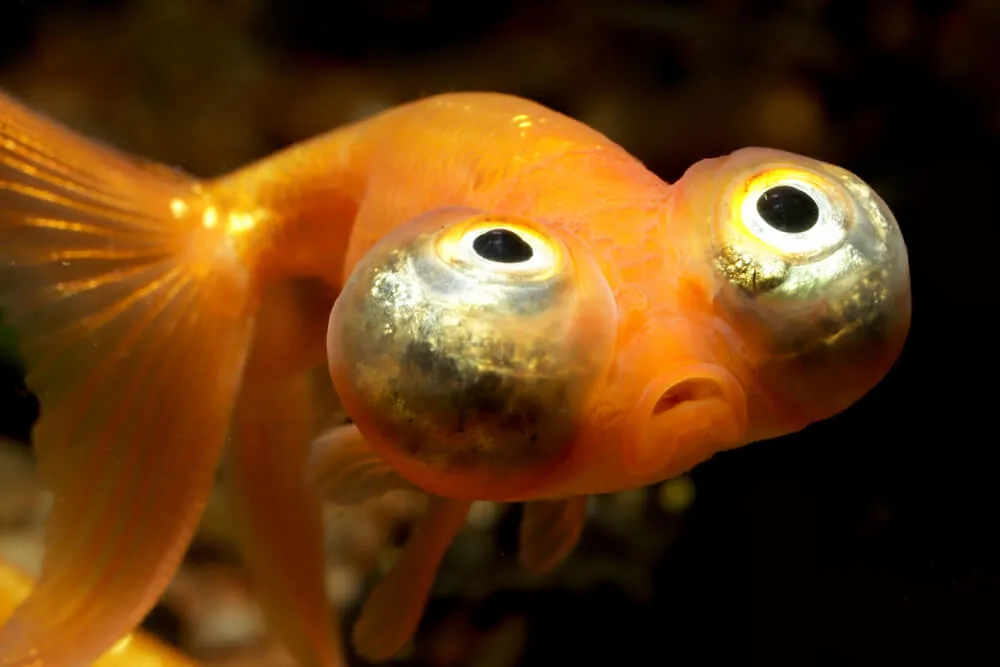If you’ve ever found yourself wondering how to tell the difference between male and female Dwarf Gourami, you’re not alone. These vibrant, small freshwater fish are popular amongst aquarium enthusiasts, but discerning their gender can sometimes be a challenge. Fortunately, there are a few subtle clues that can help you distinguish between the male and female Dwarf Gourami. By paying attention to their physical characteristics and behavior, you’ll soon become an expert at determining the gender of these charming aquatic creatures.
Physical Characteristics
Body size
The body size of male and female Dwarf Gourami can differ slightly. Generally, males tend to be slightly larger than females, with a more elongated and slender body shape. Females, on the other hand, are slightly smaller and have a rounder body shape.
Body shape
As mentioned earlier, males have a more elongated and slender body shape compared to the rounder body shape of females. The difference in body shape is more noticeable when they are fully grown.
Fin Structure
Fin structures play a crucial role in distinguishing between male and female Dwarf Gourami. The males have longer and more pointed fins, especially the dorsal fin, anal fin, and ventral fins. The females, on the other hand, have shorter and rounder fins.
Coloration
Coloration is another significant factor in differentiating between male and female Dwarf Gourami. The males are known for their vibrant and striking coloration, with intense hues of blue, red, and orange on their body. Females, on the other hand, usually have a more subdued coloration, with less intense hues and a combination of silver and yellow tones.
Dorsal fin
Male dorsal fin
The dorsal fin of male Dwarf Gourami is more elongated and pointed compared to that of females. It stretches backward towards the caudal fin and stands taller when the male is displaying courtship or aggression. The dorsal fin is one of the most prominent features that distinguishes males from females.
Female dorsal fin
In contrast to the males, the dorsal fin of female Dwarf Gourami is shorter and rounder. It does not stretch as far back towards the caudal fin and is less pronounced compared to the males.
Anal fin
Male anal fin
Similar to the dorsal fin, the anal fin of male Dwarf Gourami is longer and pointed. It extends towards the caudal fin and has a more prominent display during courtship or aggression. The male’s anal fin is another characteristic that helps differentiate between the sexes.
Female anal fin
In contrast, the anal fin of female Dwarf Gourami is shorter and rounder. It does not extend as far towards the caudal fin and is less noticeable compared to the males.
Ventral fins
Male ventral fins
The ventral fins of male Dwarf Gourami are longer, more pointed, and more vibrant in color. They often have elongated extensions, giving them a delicate and elegant appearance.
Female ventral fins
In contrast, the ventral fins of female Dwarf Gourami are shorter, rounder, and less colorful. They lack the elongated extensions seen in the males and are generally more inconspicuous.
Breeding tube
Presence in males
Male Dwarf Gourami possess a breeding tube, also known as a gonopodium, located on the ventral side of their body. This tube is used for fertilization during the breeding process.
Absence in females
Unlike males, female Dwarf Gourami do not have a breeding tube. This absence of a breeding tube is one of the key features that differentiate females from males.
Body coloration
Male coloration
Male Dwarf Gourami are renowned for their vibrant and striking coloration. The males display an array of intense hues, including shades of blue, red, and orange. These colors form intricate patterns, often resembling delicate labyrinths, on their body and fins. The striking coloration of the males is a characteristic feature highly sought after by aquarium enthusiasts.
Female coloration
In contrast, the females of Dwarf Gourami typically display a more subdued coloration. Their body is often silver with hints of yellow, and they lack the intense hues seen in males. The females’ coloration is generally less intricate and less vibrant compared to their male counterparts.
Behavioral differences
Sparring and aggression
Male Dwarf Gourami are known to exhibit more aggressive behavior compared to females. They engage in sparring matches, where they flare their fins and attempt to establish dominance. This aggressive behavior is most commonly observed during territorial disputes or when competing for the attention of a female.
Nest building
One fascinating behavioral difference between male and female Dwarf Gourami is their role in nest building. It is the male’s responsibility to construct a nest using plant material or bubbles at the water’s surface. The female plays a less active role in nest-building and focuses primarily on egg production.
Parental care
Once the female Dwarf Gourami lays her eggs, the male takes over the responsibility of caring for the eggs. He guards the nest, ensuring the eggs remain safe and providing necessary oxygen flow. The female does not actively participate in parental care, as it falls under the male’s purview.
Egg spot
Presence in males
Male Dwarf Gourami possess an egg spot, which is a small, pale-colored marking located on their anal fin. This spot resembles a tiny, unripe egg, leading to its name. The egg spot serves as a deception mechanism, fooling other males into thinking it is an actual egg. This behavior helps divert aggression away from the female and towards the less threatening egg spot.
Absence in females
Unlike males, females of the Dwarf Gourami species do not have an egg spot. The absence of this spot is another distinguishing feature between males and females.
Size dimorphism
Male size
In general, male Dwarf Gourami tend to be slightly larger than their female counterparts. They typically grow to be around 3 to 4 inches in length, with the males reaching the upper end of this range.
Female size
Female Dwarf Gourami are slightly smaller in size compared to males. They usually grow to be around 2 to 3 inches in length. The difference in size is often more pronounced as the fish reach adulthood.
Mating behavior
Courtship displays
Male Dwarf Gourami display elaborate courtship behaviors to attract and impress females. They spread their fins, including the dorsal fin and anal fin, creating a colorful and eye-catching display. These fin displays, combined with swift movements and flaring, are designed to capture the attention of the female.
Mate guarding
Once a male Dwarf Gourami successfully courts a female and fertilization occurs, he assumes the role of a mate guard. The male actively guards the female and their nest from potential threats, ensuring the safety of the fertilized eggs. This behavior highlights the male’s dedication to protecting the offspring and securing the continuation of the species.
In conclusion, differentiating between male and female Dwarf Gourami can be done by observing various physical characteristics, including body size, shape, fin structure, and coloration. Additionally, behavioral differences such as aggression, nest building, parental care, and mating behaviors can also help identify the sex of these beautiful fish. By understanding these distinctions, fish enthusiasts can create harmonious and well-balanced aquariums while appreciating the unique attributes of both male and female Dwarf Gourami.





